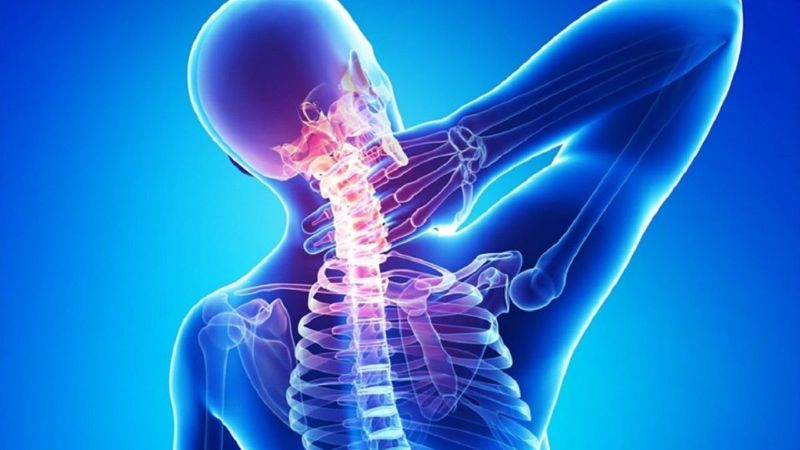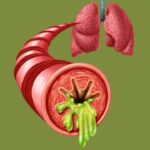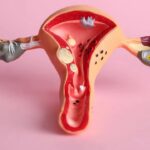Cervical spondylosis in young adults is increasingly common, despite often being considered a condition that affects only the elderly. With the rise of sedentary lifestyles, long hours spent in front of screens, and poor posture habits, younger populations particularly office workers are now facing a growing risk of developing degenerative changes in the cervical spine. What might start as minor neck stiffness can lead to chronic pain, nerve compression, and reduced quality of life. Recognizing the early signs and seeking timely medical intervention is key to protecting long-term spinal health.
1. Overview of Cervical Spondylosis
1.1 What Is Cervical Spondylosis?
Cervical spondylosis refers to the degeneration of the cervical vertebrae, intervertebral discs, and surrounding structures. Over time, these changes reduce the neck’s flexibility, causing stiffness, discomfort, and sometimes nerve compression.
While typically associated with aging, cervical spondylosis in young adults is now more frequently diagnosed due to modern lifestyle factors, including prolonged use of digital devices, lack of physical activity, and poor ergonomic practices.

Degeneration of cervical vertebrae and discs is increasingly common in young adults.
1.2 Common Causes in Younger Individuals
Unlike age-related wear and tear, cervical spondylosis in young adults is often linked to:
– Poor posture, especially slouching or constantly looking down at screens
– Inactivity and weak neck and upper back muscles
– Neck injuries from accidents or improper sports techniques
– Excessive use of smartphones, tablets, or computers
2. Key Warning Signs of Cervical Spondylosis
2.1 Persistent Neck Pain and Stiffness
One of the earliest signs is dull, aching pain or stiffness in the neck, particularly after sleep or long periods of sitting. The discomfort may radiate to the shoulders, head, or arms, and is often accompanied by restricted neck movement.
2.2 Numbness or Tingling in the Arms
If nerve roots are compressed, patients may experience tingling, numbness, or a “pins and needles” sensation in the hands or fingers. In more severe cases, this can progress to muscle weakness or difficulty gripping objects.
2.3 Headaches and Dizziness
When cervical structures affect blood flow to the brain, individuals may suffer from tension headaches, lightheadedness, or difficulty maintaining balance especially when changing head positions suddenly.
2.4 Fatigue and Decreased Productivity
Chronic neck discomfort can lead to constant fatigue, reduced concentration, and difficulty maintaining proper posture during daily tasks, ultimately impacting work and academic performance.

Neck pain and stiffness are common signs of cervical spine degeneration.
3. Potential Complications Without Treatment
3.1 Permanent Nerve Damage
If untreated, cervical spondylosis can cause irreversible nerve damage, resulting in severe motor weakness, coordination issues, and even loss of function in the upper limbs.
3.2 Disrupted Autonomic Functions
Degeneration in the cervical spine can affect the sympathetic nervous system, potentially leading to irregular heart rate, blood pressure changes, digestive problems, and chronic fatigue.
4. Diagnosis and Treatment Options
4.1 Diagnostic Methods
To confirm cervical spondylosis in young adults, doctors may use:
– X-rays to assess bone degeneration
– MRI scans to evaluate disc health and nerve involvement
– Electromyography (EMG) to measure nerve and muscle function

Early diagnosis and treatment are essential when symptoms like pain, stiffness, or limited motion suggest cervical degeneration.
4.2 Non-Surgical Treatment
In most mild to moderate cases, treatment involves:
– Pain relievers and anti-inflammatory medications
– Physical therapy to strengthen neck muscles and restore flexibility
– Gentle exercises such as yoga, swimming, and cervical stretching
4.3 Surgical Intervention
Surgery may be recommended in severe cases where nerve or spinal cord compression is evident and conservative treatments have failed. Procedures aim to relieve pressure and stabilize the spine.
5. Preventive Tips for Young Adults
5.1 Practice Good Posture
Maintain an upright sitting posture, keep screens at eye level, and avoid prolonged neck flexion when using devices.
5.2 Stay Active
Incorporate neck and shoulder stretches, core strengthening, and regular physical activity into your routine to improve circulation and muscle support.
5.3 Manage Stress and Sleep Well
Chronic stress and poor sleep affect musculoskeletal recovery. Ensure adequate rest and consider relaxation techniques to minimize muscle tension.
Cervical spondylosis in young adults is a growing concern that can no longer be overlooked. As daily routines continue to revolve around digital devices and desk-bound tasks, it’s essential to prioritize spinal health early. By adopting proper habits, staying active, and seeking medical attention for early symptoms, young individuals can prevent long-term complications and maintain their mobility and quality of life well into the future.








